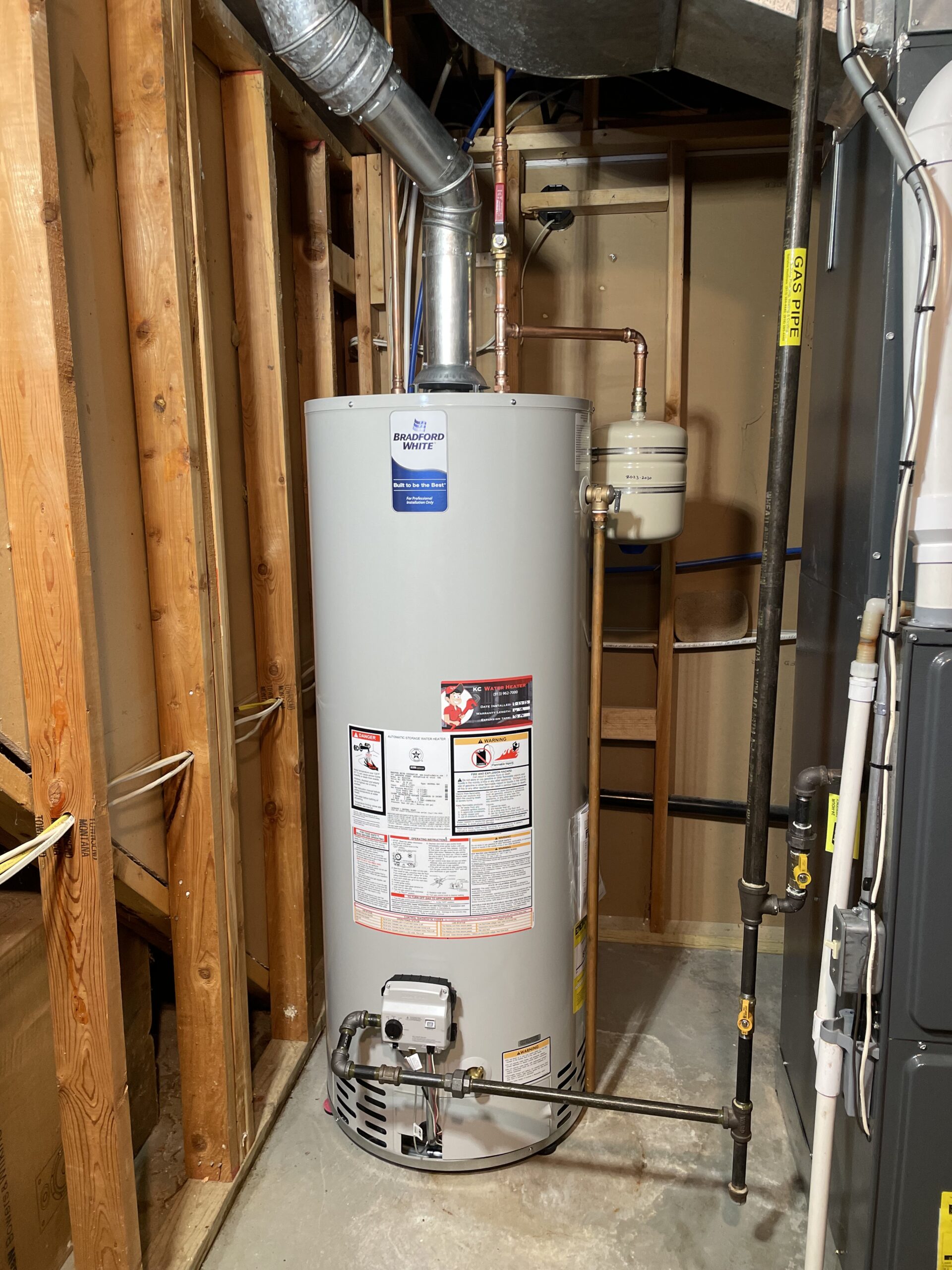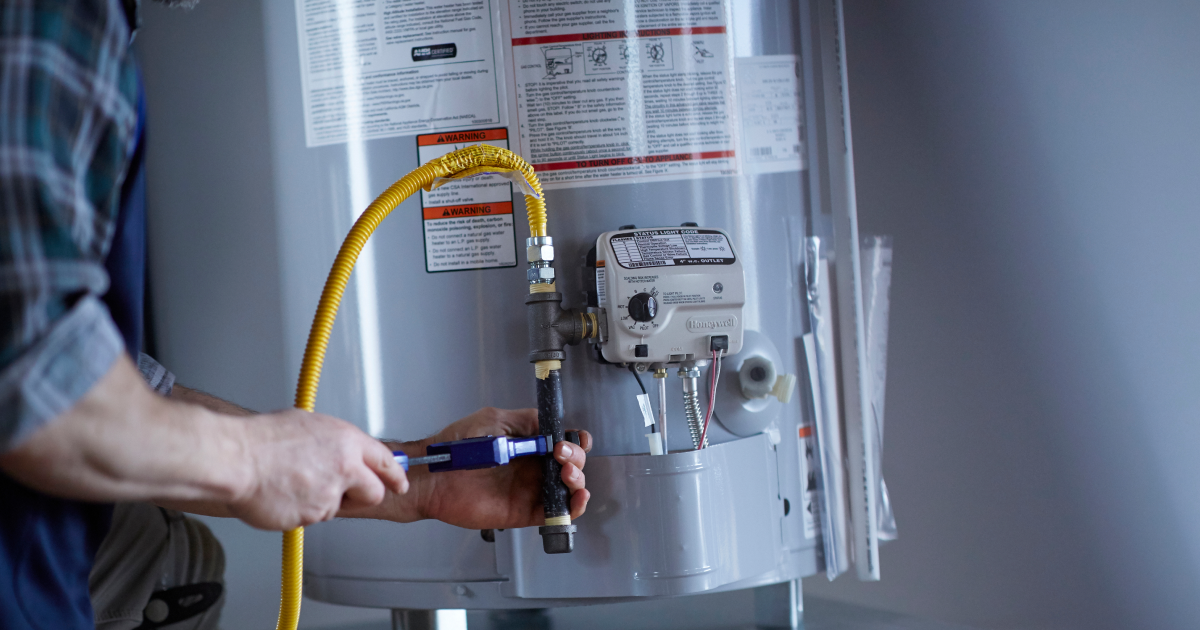The article author is making a few great points about Tips on Maintaining a Water Heater as a whole in this great article on the next paragraphs.

Hot water is important for daily comfort, whether it's for a revitalizing shower or washing meals. To ensure your warm water system runs effectively and lasts longer, regular upkeep is crucial. This article supplies sensible tips and understandings on exactly how to maintain your home's warm water system to avoid disruptions and pricey repairs.
Intro
Maintaining your home's warm water system may appear overwhelming, but with a couple of easy steps, you can ensure it runs smoothly for years ahead. This overview covers everything from recognizing your hot water system to DIY upkeep pointers and understanding when to contact expert assistance.
Significance of Preserving Your Hot Water System
Regular upkeep not only extends the lifespan of your warm water system but also guarantees it operates successfully. Disregarding upkeep can result in reduced performance, higher power costs, and even premature failure of the system.
Indicators Your Hot Water System Demands Upkeep
Knowing when your warm water system requires focus can stop major concerns. Watch out for signs such as irregular water temperature, odd sounds from the heater, or corroded water.
Comprehending Your Warm Water System
Before diving right into upkeep tasks, it's handy to comprehend the basic elements of your warm water system. Normally, this includes the water heater itself, pipelines, anode poles, and temperature level controls.
Monthly Maintenance Tasks
Regular month-to-month checks can help catch small issues before they intensify.
Purging the Water Heater
Flushing your hot water heater eliminates debris accumulation, boosting performance and prolonging its life.
Monitoring and Changing Anode Rods
Anode rods stop rust inside the tank. Inspecting and replacing them when worn out is vital.
Evaluating and Adjusting Temperature Level Settings
Readjusting the temperature level settings ensures optimum performance and safety.
Do It Yourself Tips for Upkeep
You can carry out numerous maintenance tasks on your own to maintain your hot water system in leading problem.
Looking for Leakages
Routinely examine pipelines and links for leakages, as these can bring about water damages and higher bills.
Evaluating Pressure Alleviation Valves
Testing the pressure relief valve ensures it functions properly and stops extreme stress accumulation.
Protecting Pipes
Insulating warm water pipelines lowers warmth loss and can conserve energy.
When to Call an Expert
While do it yourself upkeep is valuable, some issues require professional knowledge.
Complicated Problems Calling For Expert Assistance
Examples include significant leakages, electric issues, or if your water heater is constantly underperforming.
Regular Expert Maintenance Advantages
Specialist upkeep can include comprehensive evaluations, tune-ups, and making sure compliance with safety standards.
Verdict
Normal upkeep of your home's warm water system is essential for performance, longevity, and price financial savings. By complying with these ideas and understanding when to seek specialist assistance, you can ensure a trustworthy supply of hot water without unexpected interruptions.
How to Maintain an Instant Hot Water Heater
Before tinkering with your hot water heater, make sure that it’s not powered on. You also have to turn off the main circuit breaker and shut off the main gas line to prevent accidents. Also turn off the water valves connected to your unit to prevent water from flowing into and out of the appliance. 2. When you’re done, you have to detach the purge valves’ caps. These look like the letter “T†and are situated on either side of the water valves. Doing so will release any pressure that has accumulated inside the valves while at the same time avoid hot water from shooting out and burning your skin. 3. When the purge valves’ caps are removed, you have to connect your hosing lines to the valves. Your unit should have come with three hoses but if it didn’t, you can purchase these things from any hardware or home repair shops. You can also get them from retail stores that sell water heating systems. Read the user’s manual and follow it to complete this task properly. When the hosing lines are connected, open the purge port’s valves. 4. You should never use harsh chemical cleaners or solutions when cleaning your unit. Make use of white vinegar instead. It should be undiluted and you’ll probably use about 2 gallons. 5. Now flush your water heater. This task should probably take about 40 minutes. We can’t give you specific directions for this because the procedure is carried out depending on the type, model and brand of your heater. With that being said, refer to the user’s manual. 6. When you’re done draining the unit, you have to turn off the purge port valves again. Remove the hosing lines that you earlier installed on each of the water valves. Put the valve caps (purge port) back in their respective places and be very careful so as not to damage the rubber discs that are found inside these caps. 7. Now that everything’s back in place, check your user’s manual again to find out how to reactivate your water heating system. 8. Once it is working, turn one of your hot water faucets on just to let air pass through the heater’s water supply pipes. Leave the tap on until water flows smoothly out of it. https://www.orrplumbing.com/blog/2014/september/how-to-maintain-an-instant-hot-water-heater/

I recently found that page on How to Maintain Your Water Heater & Prolong its Life while doing a lookup on the internet. Enjoyed our entry? Please quickly share it. Let somebody else find it. Thanks a lot for taking the time to read it.
Call Today